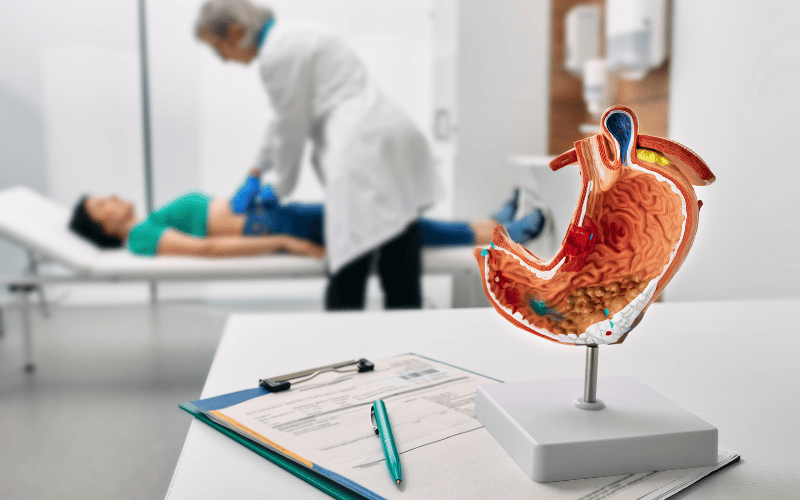Fact 9: Survival Rate

In the realm of cancers, survival rates serve as both indicators of medical progress and as beacons of hope for those afflicted. Gastric cancer, being one of the most prevalent malignancies globally, has survival rates that present a mixed picture. These rates essentially act as a statistical measure, providing a glimpse into the average percentage of people who survive a certain type of cancer for a specific amount of time.
The early detection of stomach cancer dramatically swings the odds in favor of the patient. For those fortunate enough to catch it in its nascent stages, where it hasn’t spread beyond the stomach lining, the five-year survival rate is significantly higher. This is a testament to the medical community’s advancements in therapeutic interventions and diagnostic tools. The early stages, usually stage 0 to stage 1, often see survival rates that can exceed 60-70%.
However, as the disease progresses to its more advanced stages, the survival rates begin to taper off. By stages 3 and 4, when the cancer has likely metastasized to other organs or lymph nodes, the five-year survival rates can drop considerably, sometimes even dipping below 20%. This decline underscores the aggressive nature of stomach cancer and the challenges inherent in treating advanced-stage malignancies.
These statistics, while illuminating, should be interpreted with caution. They offer broad overviews, distilled from vast datasets, but individual prognosis can differ based on a myriad of factors. Age, overall health, underlying conditions, access to timely and quality care, and even the sub-type of gastric cancer can influence survival outcomes. It’s a complex interplay of factors that can’t be reduced to mere numbers. (9)